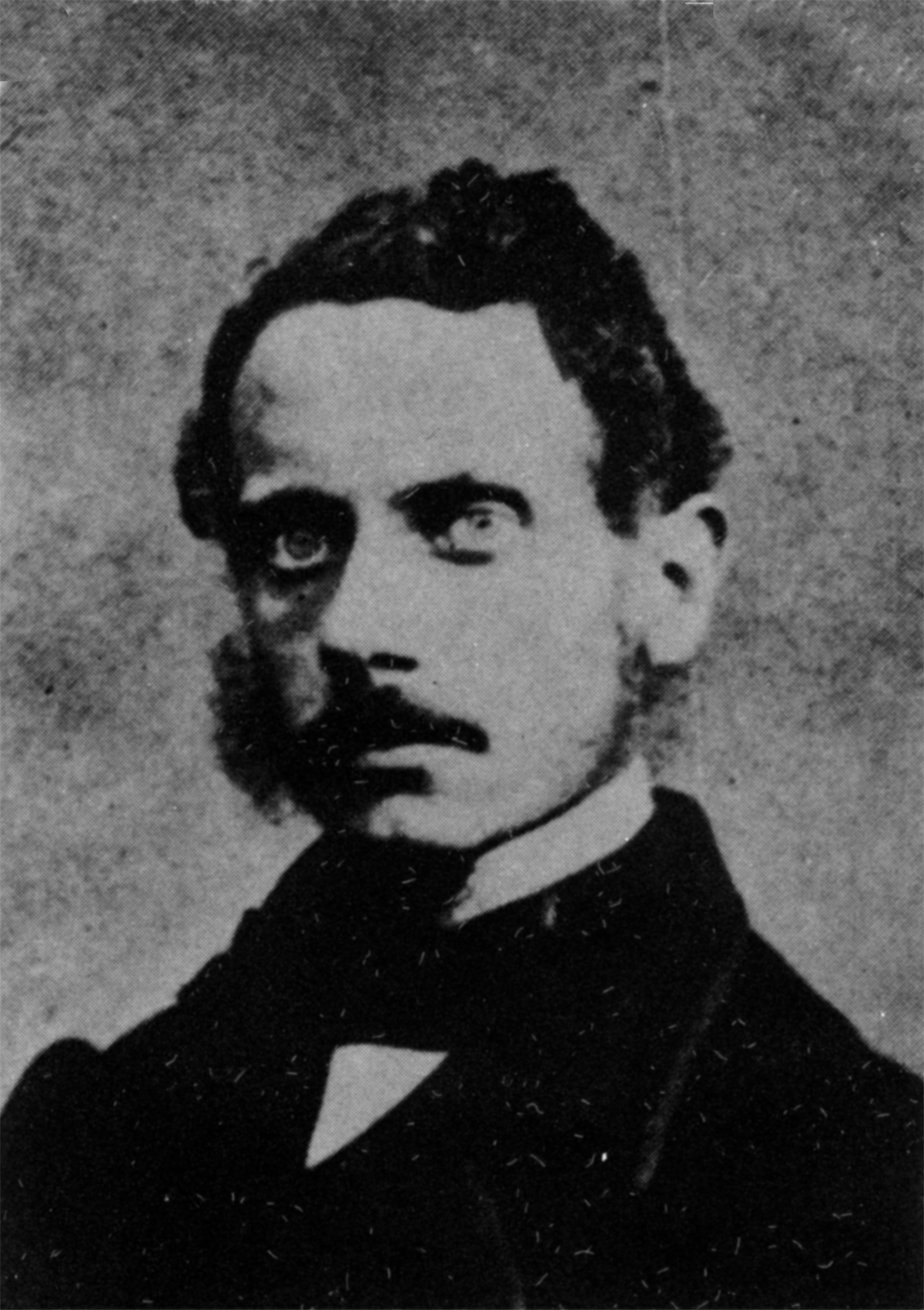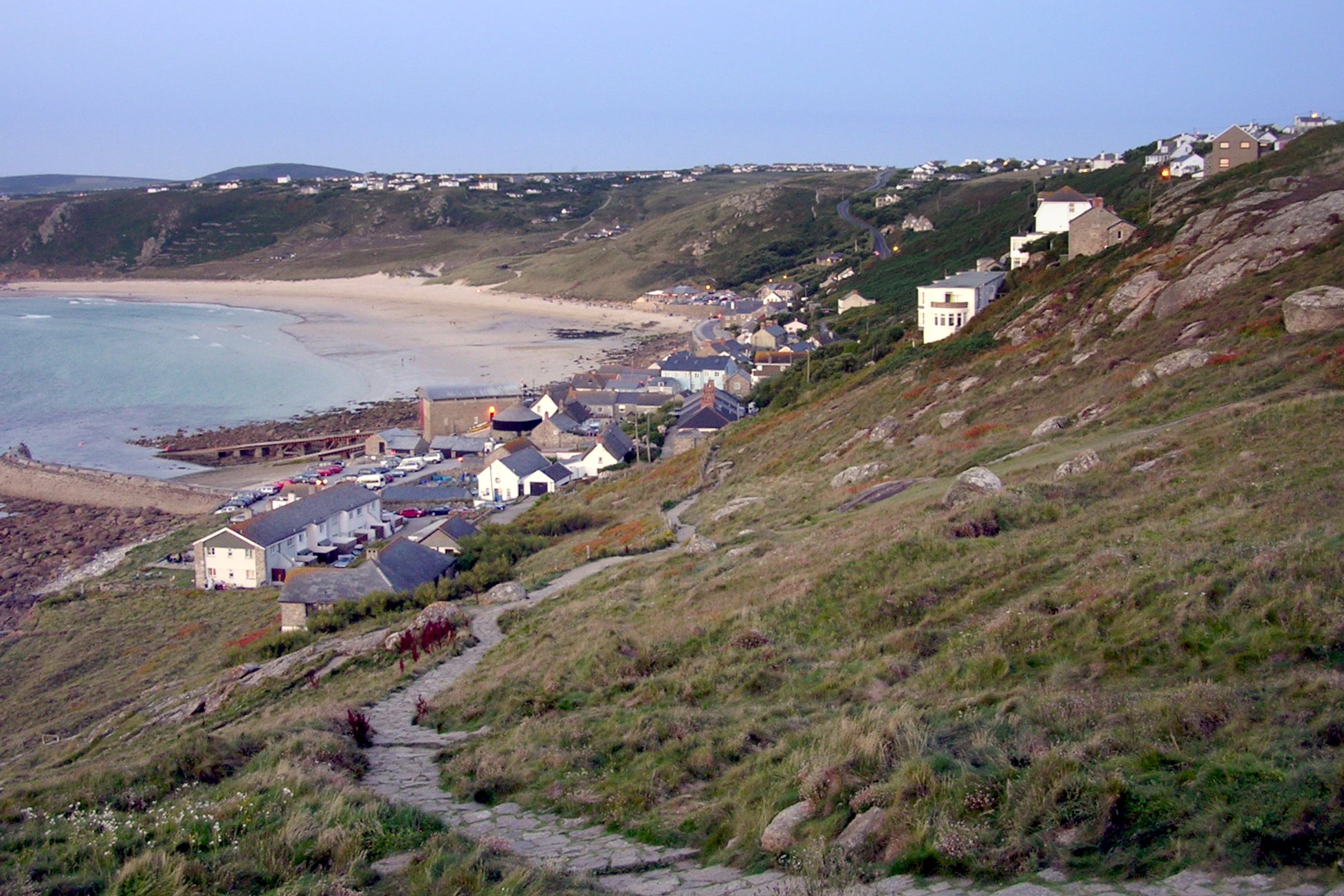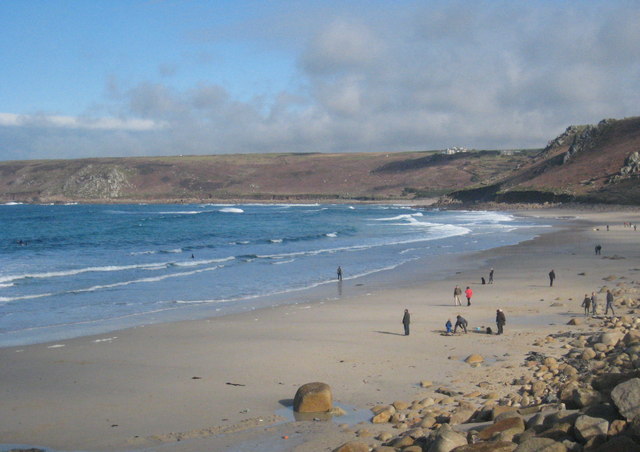|
Geotomus Punctulatus
''Geotomus punctulatus'', also known as the Cornish shieldbug, is a species of burrowing bug in the family Cydnidae, found in Asia and Europe. Description A small black shieldbug, 3.5 mm to 4.5 mm in length, with sparse, long hairs around the head, forewings and pronotum. The corium and rear margin of the pronotum often has reddish markings. It feeds on lady's bedstraw (''Galium verum'') in sparsely vegetated areas of loose sand in sand dunes. Distribution and status The species is widely distributed in the southern Palaearctic from Great Britain to Japan. In Great Britain it has been found near Sennen Cove, on the towans at Whitesand Bay, Cornwall for over one hundred years and two specimens were taken from Cowbridge, Vale of Glamorgan The Vale of Glamorgan ( cy, Bro Morgannwg ), often referred to as The Vale, is a county borough in the south-east of Wales. It borders Bridgend County Borough to the west, Cardiff to the east, Rhondda Cynon Taf to the north, a ... [...More Info...] [...Related Items...] OR: [Wikipedia] [Google] [Baidu] |
Achille Costa
Achille Costa (10 August 1823, Lecce – 17 November 1899 Rome) was an Italian zoologist working mainly in entomology who was appointed director of the Zoological Museum of Naples. He founded the entomological collections in Naples and described many new species. Achille Costa was the son of Oronzio Gabriele Costa. He made the greatest contribution to the entomological exploration of southern Italy and the Italian islands in the second half of the 19th centuryPantaeoni,R.A., 2005 ''Interpretation of Achille Costa’s data on Neuropterida ''Bulletin of Insectology'' 58 (1): 71 Works Partial List *1855 Famiglia degli Ascalafidei – Ascalaphidea,512 pp. In: Costa, A., 1860-70 (see). *1855 Famiglia de’ Formicaleonidei – Myrmeleontidea,20 pp. In: Costa, A. 1860-70 (see). *1855 ...[...More Info...] [...Related Items...] OR: [Wikipedia] [Google] [Baidu] |
Sennen Cove
Sennen Cove ( kw, Porthsenen) () is a small coastal village in the parish of Sennen in Cornwall, England, United Kingdom. According to the Penwith District Council, the population of this settlement was estimated at 180 persons in 2000. The South West Coast Path passes through Sennen Cove. Geography The village of Sennen Cove overlooks the southern end of Whitesand Bay. There is not a cove in the usual geological sense. The village (as distinct from Sennen, Sennen Churchtown), is on a spur road which joins the A30 road, A30 trunk road about two miles (3 km) from Land's End. Thus it is the first village from Land's End along the north coast. The road descends gently for about 300 yards and then steeply for another 300 yards to the village which lies above the beach. The beach extends further north along Whitesand Bay. There are a few dozen houses built primarily of granite and some of concrete, arranged mainly in Terraced house, terraces, typical of many of the villages in ... [...More Info...] [...Related Items...] OR: [Wikipedia] [Google] [Baidu] |
Insects Described In 1847
Insects (from Latin ') are pancrustacean hexapod invertebrates of the class Insecta. They are the largest group within the arthropod phylum. Insects have a chitinous exoskeleton, a three-part body (head, thorax and abdomen), three pairs of jointed legs, compound eyes and one pair of antennae. Their blood is not totally contained in vessels; some circulates in an open cavity known as the haemocoel. Insects are the most diverse group of animals; they include more than a million described species and represent more than half of all known living organisms. The total number of extant species is estimated at between six and ten million; In: potentially over 90% of the animal life forms on Earth are insects. Insects may be found in nearly all environments, although only a small number of species reside in the oceans, which are dominated by another arthropod group, crustaceans, which recent research has indicated insects are nested within. Nearly all insects hatch from eggs. Insect ... [...More Info...] [...Related Items...] OR: [Wikipedia] [Google] [Baidu] |
Hemiptera Of Europe
Hemiptera (; ) is an order (biology), order of insects, commonly called true bugs, comprising over 80,000 species within groups such as the cicadas, aphids, planthoppers, leafhoppers, Reduviidae, assassin bugs, Cimex, bed bugs, and shield bugs. They range in size from to around , and share a common arrangement of piercing-sucking Insect mouthparts, mouthparts. The name "true bugs" is often limited to the suborder Heteroptera. Entomologists reserve the term ''bug'' for Hemiptera or Heteroptera,Gilbert Waldbauer. ''The Handy Bug Answer Book.'' Visible Ink, 1998p. 1. which does not include other arthropods or insects of other orders such as Ant, ants, Bee, bees, Beetle, beetles, or Butterfly, butterflies. In some variations of English, all Terrestrial animal, terrestrial arthropods (including non-insect arachnids, and myriapods) also fall under the Colloquialism, colloquial understanding of ''bug''. Many insects with "bug" in their common name, especially in American English, belo ... [...More Info...] [...Related Items...] OR: [Wikipedia] [Google] [Baidu] |
Hemiptera Of Asia
Hemiptera (; ) is an order (biology), order of insects, commonly called true bugs, comprising over 80,000 species within groups such as the cicadas, aphids, planthoppers, leafhoppers, Reduviidae, assassin bugs, Cimex, bed bugs, and shield bugs. They range in size from to around , and share a common arrangement of piercing-sucking Insect mouthparts, mouthparts. The name "true bugs" is often limited to the suborder Heteroptera. Entomologists reserve the term ''bug'' for Hemiptera or Heteroptera,Gilbert Waldbauer. ''The Handy Bug Answer Book.'' Visible Ink, 1998p. 1. which does not include other arthropods or insects of other orders such as Ant, ants, Bee, bees, Beetle, beetles, or Butterfly, butterflies. In some variations of English, all Terrestrial animal, terrestrial arthropods (including non-insect arachnids, and myriapods) also fall under the Colloquialism, colloquial understanding of ''bug''. Many insects with "bug" in their common name, especially in American English, belo ... [...More Info...] [...Related Items...] OR: [Wikipedia] [Google] [Baidu] |
Vale Of Glamorgan
The Vale of Glamorgan ( cy, Bro Morgannwg ), often referred to as The Vale, is a county borough in the south-east of Wales. It borders Bridgend County Borough to the west, Cardiff to the east, Rhondda Cynon Taf to the north, and the Bristol Channel to the south. With an economy based largely on agriculture and chemicals, it is the southernmost unitary authority in Wales. Attractions include Barry Island Pleasure Park, the Barry Tourist Railway, Medieval wall paintings in St Cadoc's Church, Llancarfan, Porthkerry Park, St Donat's Castle, Cosmeston Lakes Country Park and Cosmeston Medieval Village. The largest town is Barry. Other towns include Penarth, Llantwit Major, and Cowbridge. There are many villages in the county borough. History The area is the southernmost part of the county of Glamorgan. Between the 11th century and 1536 the area was part of the Lordship of Glamorgan. In medieval times, the village of Cosmeston, near what is today Penarth in the south east of t ... [...More Info...] [...Related Items...] OR: [Wikipedia] [Google] [Baidu] |
Cowbridge
Cowbridge ( cy, Y Bont-faen) is a market town in the Vale of Glamorgan, Wales, approximately west of the centre of Cardiff. The Cowbridge with Llanblethian community and civil parish elect a town council. A Cowbridge electoral ward exists for elections to the Vale of Glamorgan Council. This ward includes Cowbridge, Llanblethian and Llanfair. The total population of the ward taken at the 2011 census was 6,180. Etymology The town is first recorded as ''Pontyfon'', (with ''mon'' or ''fon'' meaning cow in Old Welsh), and as ''Pontyfuwch'' (bridge of the cow in modern Welsh) by 1645. The modern Welsh name, ''Y Bont-faen'', translates as 'the stone bridge'. The English name is a direct translation of the older Welsh name of the town. History Roman times The town lies on the site of a Roman settlement identified by some scholars as the fort of ''Bovium'' (cow-place). Recent excavations have revealed extensive Roman settlement; the town lies alongside a Roman road. Middle Ages The ... [...More Info...] [...Related Items...] OR: [Wikipedia] [Google] [Baidu] |
Cornwall
Cornwall (; kw, Kernow ) is a historic county and ceremonial county in South West England. It is recognised as one of the Celtic nations, and is the homeland of the Cornish people. Cornwall is bordered to the north and west by the Atlantic Ocean, to the south by the English Channel, and to the east by the county of Devon, with the River Tamar forming the border between them. Cornwall forms the westernmost part of the South West Peninsula of the island of Great Britain. The southwesternmost point is Land's End and the southernmost Lizard Point. Cornwall has a population of and an area of . The county has been administered since 2009 by the unitary authority, Cornwall Council. The ceremonial county of Cornwall also includes the Isles of Scilly, which are administered separately. The administrative centre of Cornwall is Truro, its only city. Cornwall was formerly a Brythonic kingdom and subsequently a royal duchy. It is the cultural and ethnic origin of the Cornish dias ... [...More Info...] [...Related Items...] OR: [Wikipedia] [Google] [Baidu] |
Whitesand Bay
Whitesand Bay ( kw, Porth Senan, meaning ''cove at Sennen'') is a wide sandy bay near Land's End in west Cornwall, England, United Kingdom. It stretches for one mile between the headlands of Pedn-mên-du and Aire Point. and contains the village of Sennen Cove.Ordnance Survey: Landranger map sheet 203 ''Land's End'' It is also a landing point for the Atlantic Crossing 1 international telecommunications cable. Whitesand Bay beach is popular with surfers. At high tide, the beach is divided in two: Sennen Cove beach to the south (more popular for its size, facilities and surf schools), and Gwynver beach to the north (popular for its typically better surfing waves and walking distance of Trevedra Farm campsite). At the south end, at Sennen Cove, there are toilet facilities, a surf shop, a restaurant, and two car parks, one in a large field above the cliff, and another beside the beach. Dogs are banned on the beach from Easter Day to 1 October every year. The South West Coast Pa ... [...More Info...] [...Related Items...] OR: [Wikipedia] [Google] [Baidu] |
Nature Conservancy Council
The Nature Conservancy Council (NCC) was a United Kingdom government agency responsible for designating and managing National Nature Reserves and other nature conservation areas in Great Britain between 1973 and 1991 (it did not cover Northern Ireland). Origin and Leadership The NCC was established by the Nature Conservancy Council Act 1973 and replaced the Nature Conservancy, established by Royal Charter in 1949. NCC's duties included: * Managing national nature reserves; * Providing advice on nature conservation to national and local government; * Notifying Sites of Special Scientific Interest; * Undertaking certain scientific research. Robert Edward Boote the former director of Nature Conservancy, having worked on revising its organisation was appointed by the Secretary of State for the Environment as the first Director General of the new NCC. He held this post until retiring in 1980 when Richard Charles Steele became Director General Structure The organisation was divi ... [...More Info...] [...Related Items...] OR: [Wikipedia] [Google] [Baidu] |
Burrowing Bug
Cydnidae are a family of pentatomoid bugs, known by common names including burrowing bugs or burrower bugs. As the common name would suggest, many members of the group live a subterranean lifestyle, burrowing into soil using their head and forelegs, only emerging to mate and then laying their eggs in soil. Other members of the group are not burrowers, and live above the soil layer, often in close association with plants. Several species are known as agricultural pests. Description Burrowing bugs range from 2 to 20 mm in length. They are dark, ovoid in shape and highly sclerotised. The head is generally subquadrate to semicircular in shape, and has a pair of 5-segmented antennae. The coxae of the legs have setal combs, while the apices of the mid and hind coxae are fringed with rigid setae. The tibiae of the legs (also often the head and pronotum) have spines. The tarsi of the legs are 3-segmented and often reduced. Similar to other pentatomoids, Cydnidae have glands in the t ... [...More Info...] [...Related Items...] OR: [Wikipedia] [Google] [Baidu] |
Palaearctic
The Palearctic or Palaearctic is the largest of the eight biogeographic realms of the Earth. It stretches across all of Eurasia north of the foothills of the Himalayas, and North Africa. The realm consists of several bioregions: the Euro-Siberian region; the Mediterranean Basin; the Sahara and Arabian Deserts; and Western, Central and East Asia. The Palaearctic realm also has numerous rivers and lakes, forming several freshwater ecoregions. The term 'Palearctic' was first used in the 19th century, and is still in use as the basis for zoogeographic classification. History In an 1858 paper for the ''Proceedings of the Linnean Society'', British zoologist Philip Sclater first identified six terrestrial zoogeographic realms of the world: Palaearctic, Aethiopian/Afrotropic, Indian/Indomalayan, Australasian, Nearctic, and Neotropical. The six indicated general groupings of fauna, based on shared biogeography and large-scale geographic barriers to migration. Alfred Wallace ad ... [...More Info...] [...Related Items...] OR: [Wikipedia] [Google] [Baidu] |







